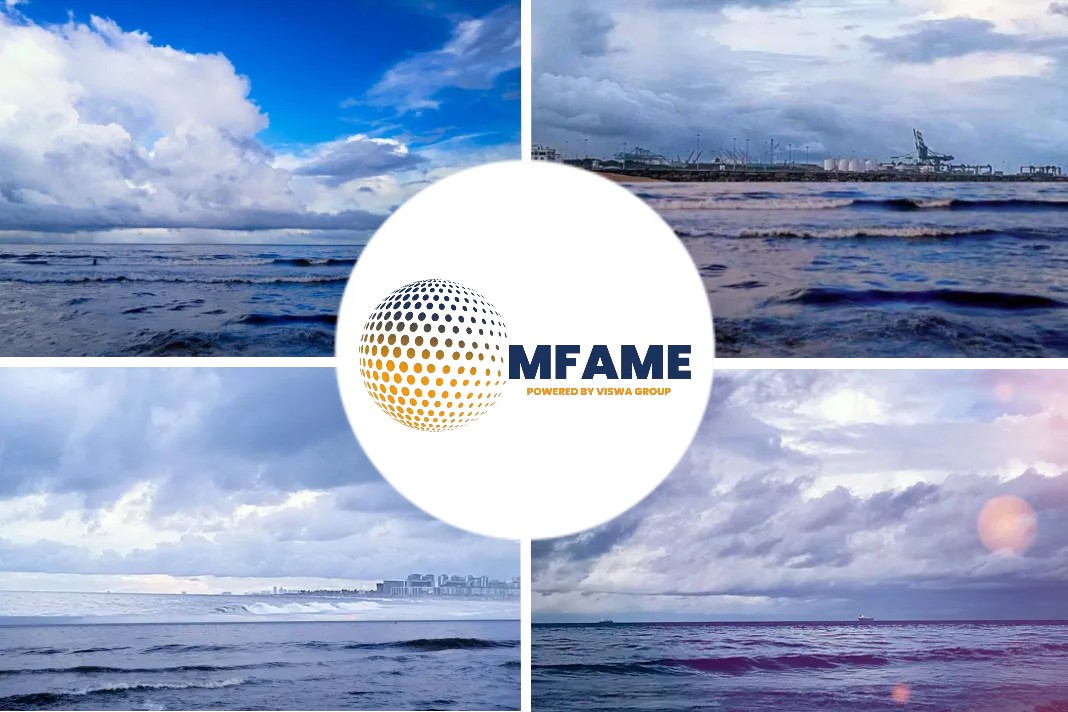Effective 19th December 2013, Vessel General Permit (VGP) had released a circular stating that only EAL type oils need to be used in all the Oil-Water interface systems which includes Stern Tube, Bow Thruster, etc. VGP is applicable for all the ship’s operating in US waterways and all other ships that are 79 feet or greater in length. These regulations may spread to other Ports of the world in the forthcoming days.
On the other hand the usage of this oil had in recent past induced confusion to ship owners and Vessel managers. Lube oils of this sort when put to use had resulted in some cynical questions about the test results received from the used Lube oils. Few such experiences were shared in the forthcoming passage:
A brand new ship of a well-known shipping organisation, undergoing trial runs in the dock had tested the Lube oil from stern tube system. The Lead values populated was found to be in the range of 100 ppm for the brand new system and hence the vessel manager felt that unacceptable.
To eliminate any wrongdoing they wanted to retest their samples. After ensuring strict sampling procedures were adhered to, samples were again sent to testing lab for confirmation of results. This is to rule out any erroneous results that might had occurred due to improper sampling or contamination from external sources. To their surprise, the test results again indicated high Lead content.
Later, it was decided to monitor the trend for the forthcoming months to check the consistency. To their surprise the Lead content remained the same and got even worse in due course of sampling and testing. The trend shows upward elevated graph of Lead values that reached up to 250 ppm in three months of periodical testing of the samples.
Vessel manager and the crew were panicked from the test results and went about checking all other relevant readings and found that no other symptoms were experienced on board the ship relevant to the test results such as increase in the temperature of the Stern tube white metal bearings, abnormal sound etc.
They decided to contact the lubricant manufacturer to find out what could go wrong with respect to the test results. The shipping company also requested the classification society to probe the case.
Classification society assessed the condition of the bearing. Subjected to various test analysis such as Crack, X ray test etc. Unsuccessful in identifying any deformity of bearing metal, other allied systems were examined. Meanwhile, Lab report also shows that other parameters such as Tin or Iron were not showing any inflation in the values and read menial figures. All of the above test results and occurrences made the Class investigators to think in different dimensions.
Finally they narrowed down on the issue and concluded that the EAL type oil used were ester based. When Ester based oil reacts with water forms alcohol and acid. Acids will increase in due course of time and will erode the weak links. In the subjects case, the acids so formed had eroded the newly painted lead based paints that were used in the structural tanks.
Likewise, Viswa Lab had come across few cases in the recent days with elevated values of different metals in different test results in spite of good bearing conditions, where all EAL type oils were used. Still some of those mysteries are under research and investigation. We shall keep you posted as we find more information.
Did you subscribe for our daily newsletter?
It’s Free! Click here to Subscribe!
















